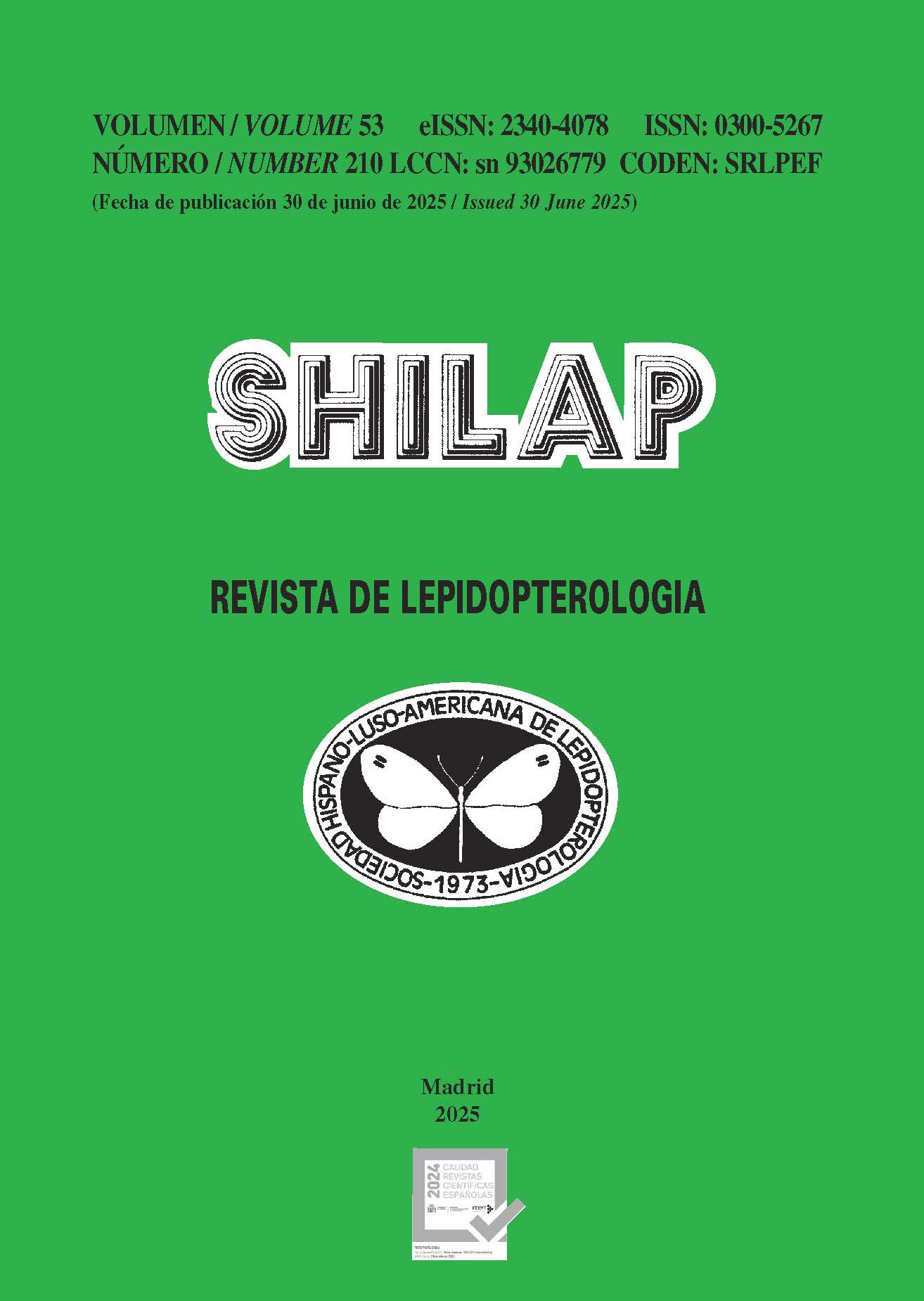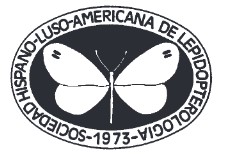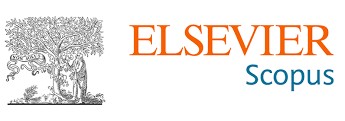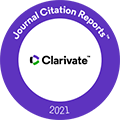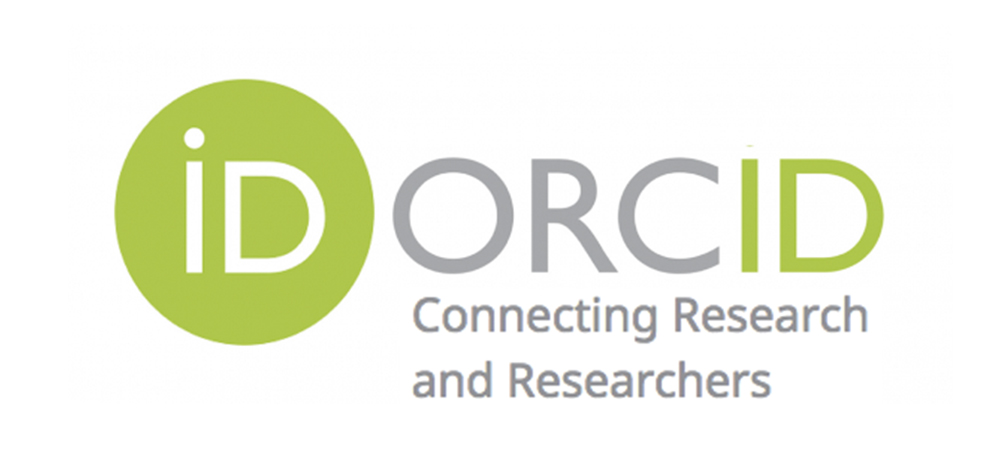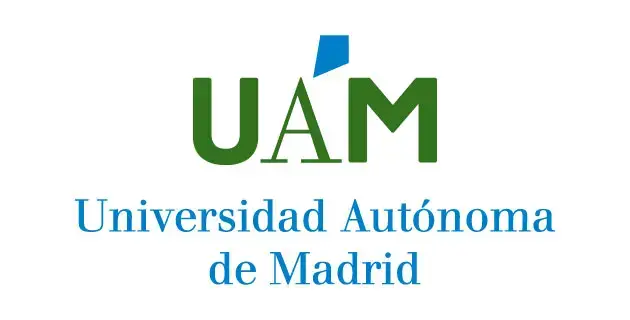Phylogeography and genetic relationship within Erebia neriene (Böber, 1890) in eastern Asia inferred from mitochondrial DNA sequences (Lepidoptera: Nymphalidae)
DOI:
https://doi.org/10.57065/shilap.1059Keywords:
Lepidoptera, Nymphalidae, Erebia, COI, gene flow, glaciation, long-distance migration, ND5, AsiaAbstract
Little is known about the genetic relationships within Erebia neriene (Böber, 1890) complexes inhabiting areas outside the Japanese Archipelago. In this study, we investigated genetic variations in E. neriene individuals collected from eastern Asia using mitochondrial sequences to reveal the phylogeny and genetic relationships among E. neriene complexes inhabiting areas outside the Japanese Archipelago. This study revealed greater genetic differentiation and a clear genetic structure among E. neriene neriene and E. neriene scoparia (Butler, 1882) populations. This is the first population genetics study of these subspecies.
Downloads
Global Statistics ℹ️
|
741
Views
|
120
Downloads
|
|
861
Total
|
|
References
Benjamini, Y., & Yekutieli, D. (2001). The control of the false discovery rate in multiple testing under dependency. Annals of Statistics, 29(4), 1165-1188. https://doi.org/10.1214/aos/1013699998 DOI: https://doi.org/10.1214/aos/1013699998
Bromilow, S. M., & Sperling, F. A. H. (2011). Phylogeographic signal variation in mitochondrial DNA among geographically isolated grassland butterflies. Journal of Biogeography, 38(2), 299-310. https://doi.org/10.1111/j.1365-2699.2010.02398.x DOI: https://doi.org/10.1111/j.1365-2699.2010.02398.x
Excoffier, L., & Lischer, H. E. L. (2010). Arlequin suite ver 3.5: a new series of programs to perform population genetics analyses under Linux and Windows. Molecular Ecology Resources, 10(3), 564-567. https://doi.org/10.1111/j.1755-0998.2010.02847.x PMid:21565059 DOI: https://doi.org/10.1111/j.1755-0998.2010.02847.x
Frenzel, B. (1968). The pleistocene vegetation of Northern Eurasia. Science, 161(3842), 637-649. https://doi.org/10.1126/science.161.3842.637 PMid:17801456 DOI: https://doi.org/10.1126/science.161.3842.637
Honda, K., Honda, Y., Matsumoto, J., Tsuruta, Y., Yagi, W., Ômura, H.. & Honda, H. (2016). Production and sex-pheromonal activity of alkaloid-derived androconial compounds in the danaine butterfly, Parantica sita (Lepidoptera: Nymphalidae: Danainae). Biological Journal of the Linnean Society, 119(4), 1036-1059. https://doi.org/10.1111/bij.12823 DOI: https://doi.org/10.1111/bij.12823
Inomata, T., Uémura, Y., Yago M., Jinbo, U., & Ueda, K. (2010-2013). The current checklist of Japanese butterlies. http://binran.lepimages.jp/. (in Japanese)
Michalakis, Y., & Excoffier, L. (1996). A generic estimation of population subdivision using distances between alleles with special refernce for microsatellite loci. Genetics, 142(3), 1061-1064. https://doi.org/10.1093/genetics/142.3.1061 PMid:8849912 PMCid:PMC1207006 DOI: https://doi.org/10.1093/genetics/142.3.1061
Nagaoka, H., & Xiaoshuan, B. (2017). Butterflies survey in north region of Inner Mongolia, the People’s Republic of China. Yadoriga, 252, 36-50. (in Japanese)
Nakatani, T., Ueda, S., Nishio, S., & Usami, S. (2018). Molecular phylogeny of the genus Erebia (Lepidoptera, Nymphalidae, Satyrinae): species groups inferred from mitochondrial and nucleus gene sequences. Butterfly Science, 12, 27-48.
Nakatani, T., Usami, S., & Itoh, T. (2007a). Molecular phylogenetic analysis of the Erebia aethiops group (Lepidoptera, Nymphalidae). Transaction of the Lepidopterological Society of Japan, 58(4), 387-404.
Nakatani, T., Usami, S., & Itoh, T. (2007b). Phylogeographic history of hte Japanese alpine ringlet Erebia niphonica (Lepidoptera, Nymphalidae): fragmentation and secondary contact. Transaction of the Lepidopterological Society of Japan, 58(3), 253-275.
Nei, M., & Li, W.-H. (1979). Mathematical model for studying genetic variation in terms of restriction endonucleases. Proceedings of the National Academy of Sciences of the United States of America, 76(10), 5269-5273. https://doi.org/10.1073/pnas.76.10.5269 PMid:291943 PMCid:PMC413122 DOI: https://doi.org/10.1073/pnas.76.10.5269
Schmitt, T., & Haubrich, K. (2008). The genetic structure of the mountain forest butterfly Erebia euryale unrabels the late Pleistocene and postglacial history of the mountain coniferous forest biome in Europe. Molecular Ecology, 17(9), 2194-2207. https://doi.org/10.1111/j.1365-294X.2007.03687.x PMid:18266631 DOI: https://doi.org/10.1111/j.1365-294X.2007.03687.x
Schmitt, T., Hewitt, G. M., & Muller, P. (2006). Disjunct distributions during glacial and interglacial periods in mountain butterflies: Erebia epiphron as an example. Journal of Evolutionary Biology, 19(1), 108-113. https://doi.org/10.1111/j.1420-9101.2005.00980.x PMid:16405582 DOI: https://doi.org/10.1111/j.1420-9101.2005.00980.x
Sekiguchi, M., Nakatani, T., Shinkawa, T., & Kogure, M. (2002). Molecular phylogenetic analysis of hte genus Erebia. Transaction of the Lepidopterological Society of Japan, 53(1), 1-11. https://doi.org/10.1665/1082-6467(2002)011[0001:AMPAOT]2.0.CO;2 DOI: https://doi.org/10.1665/1082-6467(2002)011[0001:AMPAOT]2.0.CO;2
Simon, C., Frati, F., Beckenbach, A., Crespi, B., Liu, H., & Flook, P. (1994). Evolution, weighting and phylogenetic utility of mitochondrial gene sequences and a compilation of conserved polymerase chain reaction primers. Annals of the Entomological Society of America, 87(6), 651-701. https://doi.org/10.1093/aesa/87.6.651 DOI: https://doi.org/10.1093/aesa/87.6.651
Tamura, K., Stecher, G., & Kumar, S. (2021). MEGA 11: molecular evolutionary genetics analysis version 11. Molecular Biology and Evolution, 38(7), 3022-3027. https://doi.org/10.1093/molbev/msab120 PMid:33892491 PMCid:PMC8233496 DOI: https://doi.org/10.1093/molbev/msab120
Yagi, T., Sasaki, G., & Takebe, H. (1999), Phylogeny of Japanese papilionid butterflies inferred from nucleotide sequences of mitochondrial ND5 gene. Journal of Molecular Evolution, 48(1), 42-48. https://doi.org/10.1007/PL00006443 PMid:9873075 DOI: https://doi.org/10.1007/PL00006443
Downloads
Published
How to Cite
Issue
Section
License
Copyright (c) 2025 Hisato Nagaoka, Xiaoshuan Bai, Dmitry Goshko, Batzorig Baljinnyam, Toshiaki Yamamoto, Kaneaki Edo, Shigeru Kitanishi

This work is licensed under a Creative Commons Attribution 4.0 International License.
The author SS retains his trademark and patent rights to any process or procedure within the article.
The author retains the right to share, distribute, perform and publicly communicate the article published in SHILAP Revista de lepidopterología, with initial acknowledgement of its publication in SHILAP Revista de lepidopterología.
The author retains the right to make a subsequent publication of his work, from using the article to publishing it in a book, provided that he indicates its initial publication in SHILAP Revista de lepidopterología.
Each submission to SHILAP Revista de lepidopterología must be accompanied by an acceptance of copyright and acknowledgement of authorship. By accepting them, authors retain copyright of their work and agree that the article, if accepted for publication by SHILAP Revista de lepidopterología, will be licensed for use and distribution under a "Creative Commons Attribution 4.0 International" (CC BY 4.0) licence that allows third parties to share and adapt the content for any purpose giving appropriate credit to the original work.
You may read here the basic information and the legal text of the license. The indication of the CC BY 4.0 License must be expressly stated in this way when necessary.
As of 2022, the content of the print and digital version is licensed under a "Creative Commons Attribution 4.0 International License" (CC BY 4.0), licence that allows third parties to share and adapt the content for any purpose giving appropriate credit to the original work.
Previous content in the journal was published under a traditional copyright licence; however, the archive is available for free access.
When using the contents of SHILAP Revista de lepidopterología published before 2022, including figures, tables or any other material in printed or electronic format belong to the authors of the articles, the authors must obtain the permission of the copyright holder. Legal, financial and criminal liabilities in this respect belong to the author(s).
In application of the Principle of Priority of the International Code of Zoological Nomenclature, no other version than the one published by the publisher may be deposited in repositories, personal websites or similar.
